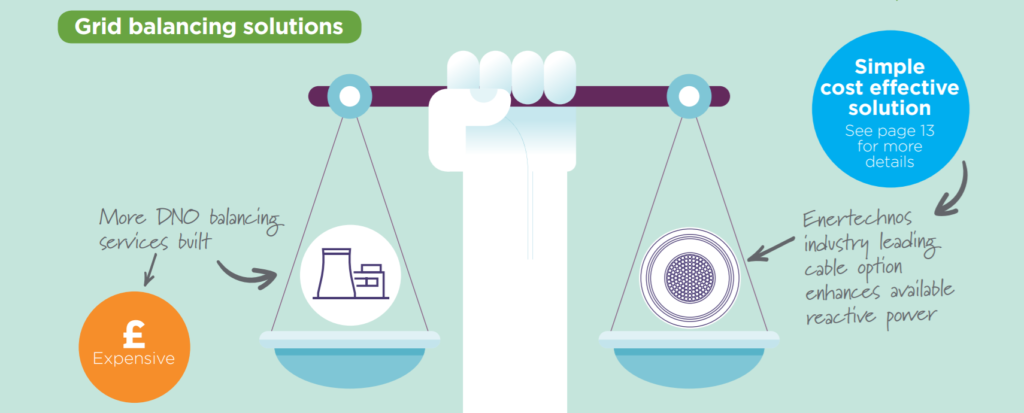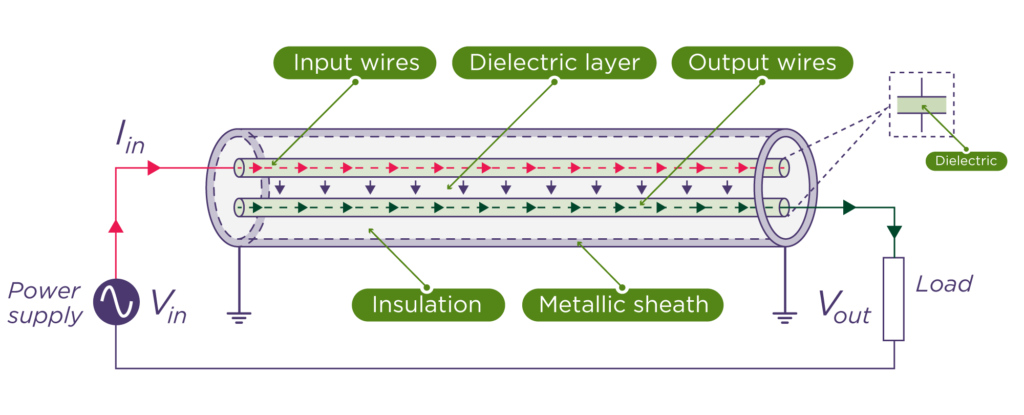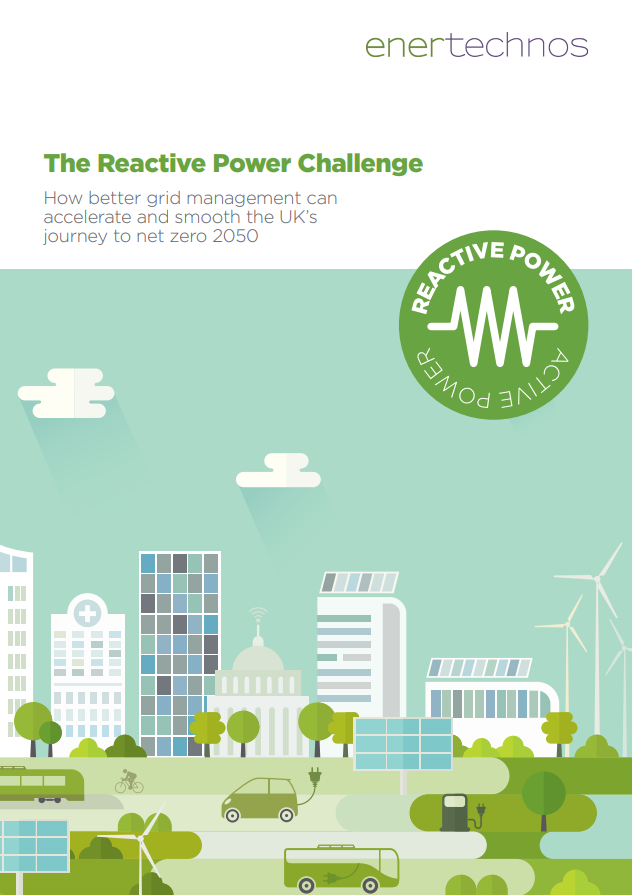Reactive Power Report
How better grid management can accelerate and smooth the UK's journey to Net Zero 2050.
Overview
The UK is on its way to reaching net-zero by 2050. However, as we move towards a decarbonised energy network, with an increasing proportion of our heat and transport fuelled by asynchronous generation such as renewables, we must consider the effect this will have on the level of reactive power produced and how this will impact the stability of our grid.
Active and reactive power are crucial in the power grid and across many industries and sectors. However, the UK will face several challenges over the coming years concerning reactive power, especially as we move towards net zero targets.
This report sets out the ‘Reactive Power Challenge’, identifying how better grid management can accelerate and smooth the UK’s journey to net zero in 2050.
What are Reactive and Active Power?
Two types of power exist across the UK’s power grid: reactive and active.
Reactive power helps to run motors and transformers and controls the voltage across the grid.
Active power runs our day-to-day electrical appliances, such as lightbulbs and phones.

How Does it Work?
Reactive and active power can be illustrated with the analogy of a boat sailing across a body of water; although the wind (the active power) pushes the boat, the water (the reactive power) keeps the boat afloat. Regardless of the strength of the wind, if there were not enough water, the boat would not be able to move.
Reactive power works in this way. Our grid’s reactive power must be balanced and managed carefully. Too much reactive power and the voltage on the grid goes up to an unsafe level. But too little reactive power, and there’s not enough to push active power to where it needs to be.

How is it Created?
All forms of power generation produce active power, including renewable power sources. However, reactive power is produced at scale by synchronous generators in gas, coal, hydro and nuclear power stations. These power stations use heavy spinning turbines to generate electricity, including reactive power. Some kinds of renewables, such as certain types of wind farms, cannot produce reactive power, whilst the inverters in solar parks can produce a limited amount of it.

Why does Reactive Power Matter?
Reactive power is required to operate equipment such as motors. Without it, the machinery, industrial and manufacturing facilities that we depend on in everyday life cannot work, as active power alone cannot spin these motors.
Many other consumer-facing sectors, such as retail, leisure and hospitality, and healthcare services, also rely on turbines and motors and, therefore, on reactive power. Many of the fundamentals of day-to-day life, such as lifts, escalators, refrigerators and fans, need reactive power to help power their spinning motors.

Where there is a weaker grid, with a reduced ability to regulate its voltage, industrial users will pay more as they will be required to adapt their connection network to ensure it works efficiently and within the typical values. This means adding additional electrical systems, such as compensation equipment.
Above all, reactive power is vital to control and compensate for grid voltage fluctuations which can harm efficiency and, in the worst cases, make the grid unstable.
How can we Help Balance the Grid?
The national picture of our power mix and use is changing, but unlike active power, reactive power cannot travel far. This means that reactive power needs to be managed on a regional level and ‘balanced’ to ensure the correct amount is on the grid.
Historically, balancing has been easier because synchronous power stations can be controlled to produce reactive power as they generate active power, and they can also absorb reactive power when needed. This has been a cost-effective way of managing the grid when distributed or “embedded” generation wasn’t necessary.
However, as more asynchronous, renewable power comes on the grid, making producing and absorbing of reactive power more difficult.
The result is that National Grid and the Distribution Network Operators (DNOs) have had to find new ways to balance reactive power. In addition to making the market for balancing services more efficient and transparent, it is vital to future-proof the grid’s physical infrastructure by making better use of innovative and less expensive assets better.

Although cables have traditionally been used to simply move electricity from one area to another, British engineering is opening the possibility of cables deep beneath our feet being used for much more in support of decarbonisation.
By balancing the contribution of capacitors and inductors in the cables and wires that form the electrical grids, reactive and active power can flow through the cables and move more smoothly around the grid.

Enertechnos’ industry-leading cable has been designed to provide this essential balance. Through its patented technology, the cable acts as a capacitor and provides capacitive reactance, which offsets most of the inductive reactance of the cable itself.
Furthermore, and for this exact reason, CTS cables have a reduced voltage drop. This supports the transportation of reactive power across the grid. This means Enertechnos’ cable will better use the reactive power we have on the grid and will allow us to manage reactive power across regions, which is becoming more necessary as renewables come into the grid and reactive power becomes scarcer.
By investing in the best available infrastructure today, we will guarantee the long-term sustainability of the electricity supply and resilience of the grid as we transition to net zero.
By balancing the contribution of capacitors and inductors in the cables and wires forming the electrical grids, reactive and active power can flow through the cables and move more smoothly around the grid.
Download the report to read more about reactive power, or get in touch by emailing [email protected].


